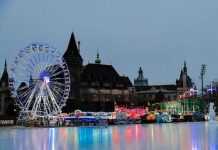Introducing Mošćenička Draga on Croatia’s Adriatic Coastline
Edited by Anna Popper
The Embassy of the Republic of Croatia in Hungary, along with the Croatian Self-Government of Erzsébetváros (7th district) in Budapest, recently organised a cheerful and lively event, evoking the approaching summer, entitled “WHERE UČKA MEETS THE SEA”. It aimed to showcase the charm of Mošćenička Draga municipality in Croatia, highlighting its major attractions and offerings.
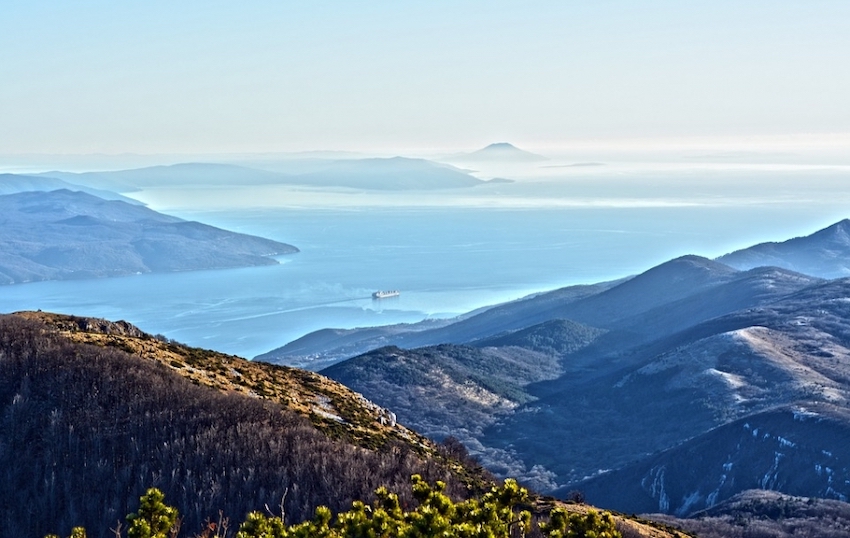
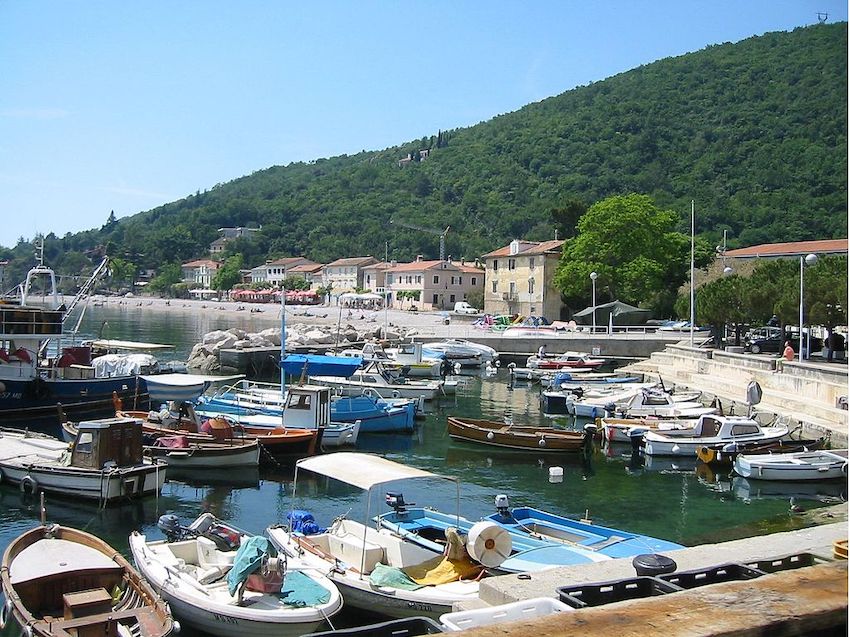
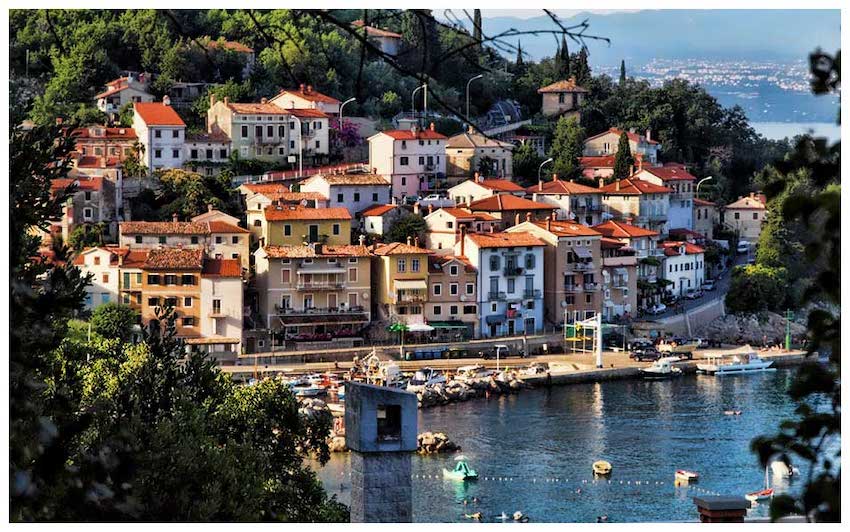
The program was attended by Hungarian invitees, members of the diplomatic corps, Croatian nationals and friends of Croatia, a neighbouring country of Hungary. Croatia has long held a special place in the hearts of Hungarians due to its exceptional coastline being relatively quickly accessible via highway during the summer holidays, which they greatly appreciate given Hungary’s status as a landlocked country in Central Europe. This enduring affection can also be attributed to Croatia’s captivating landscapes, rich cultural heritage, shared historical past and warm hospitality, which continue to attract visitors from Hungary.

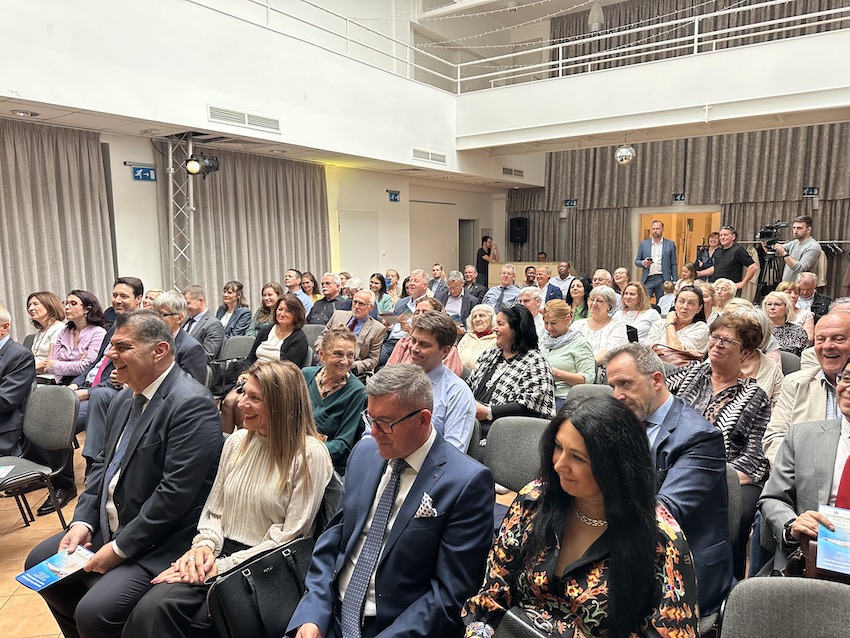
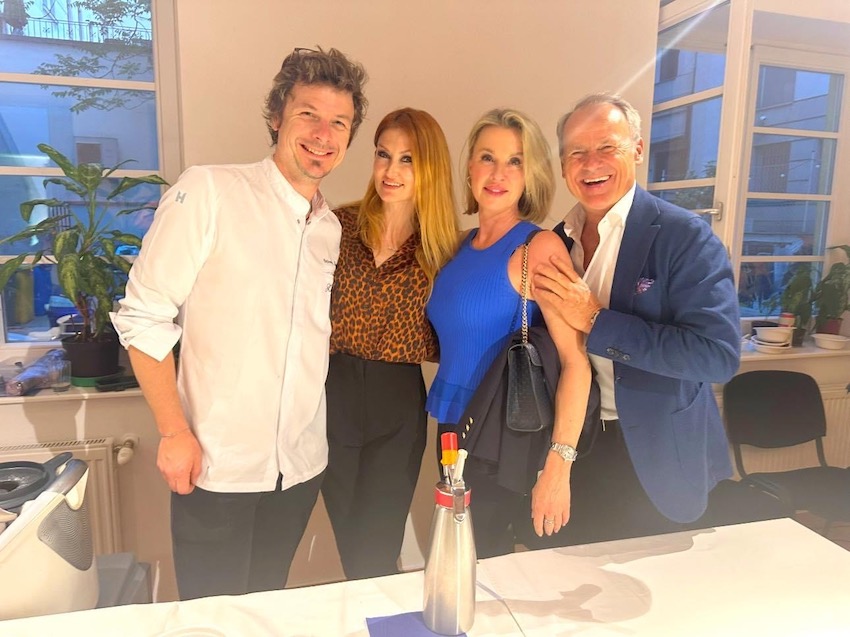
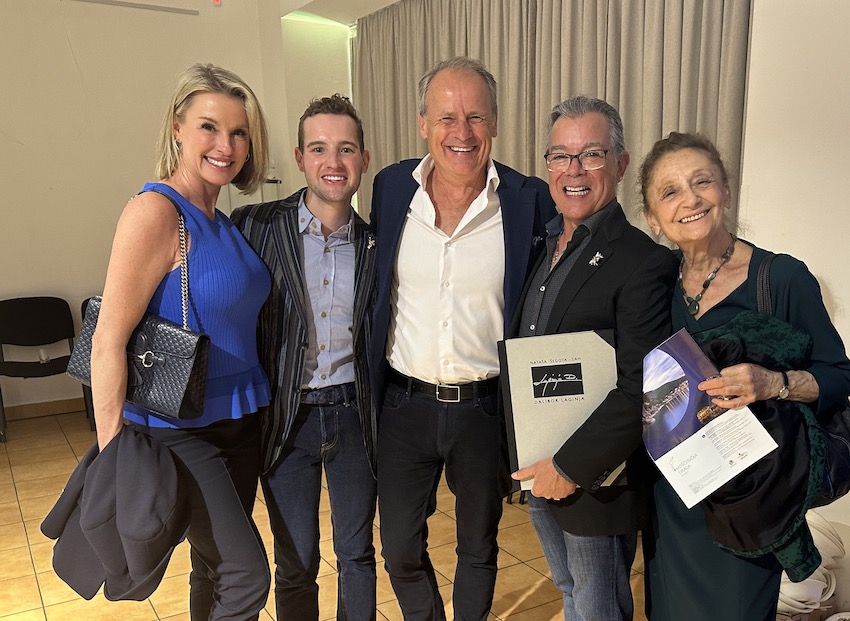
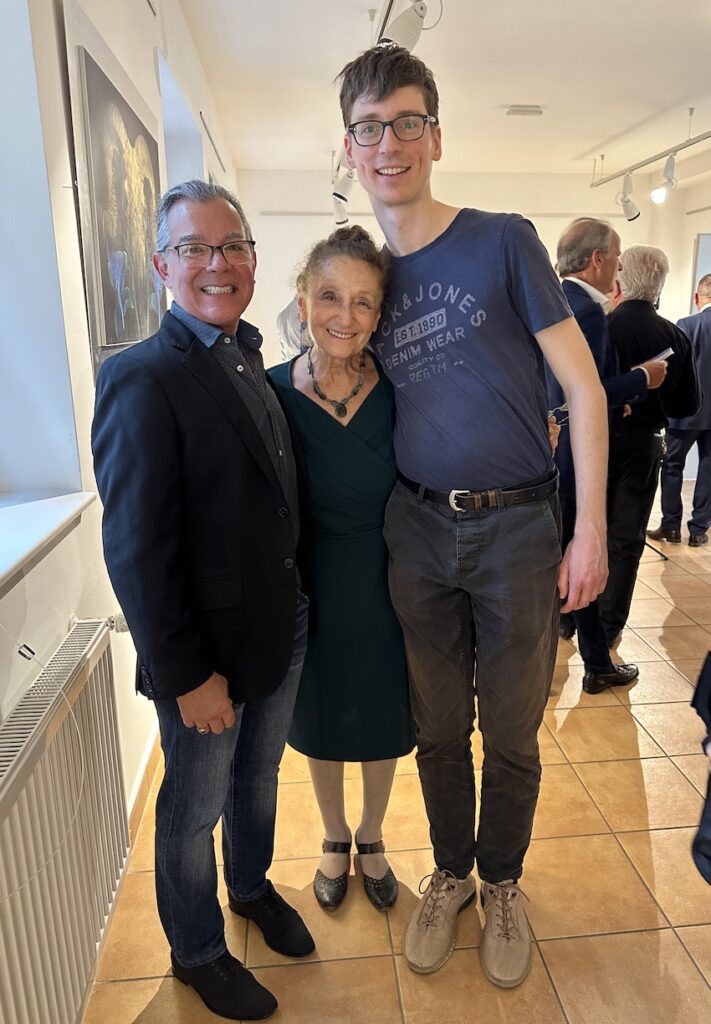
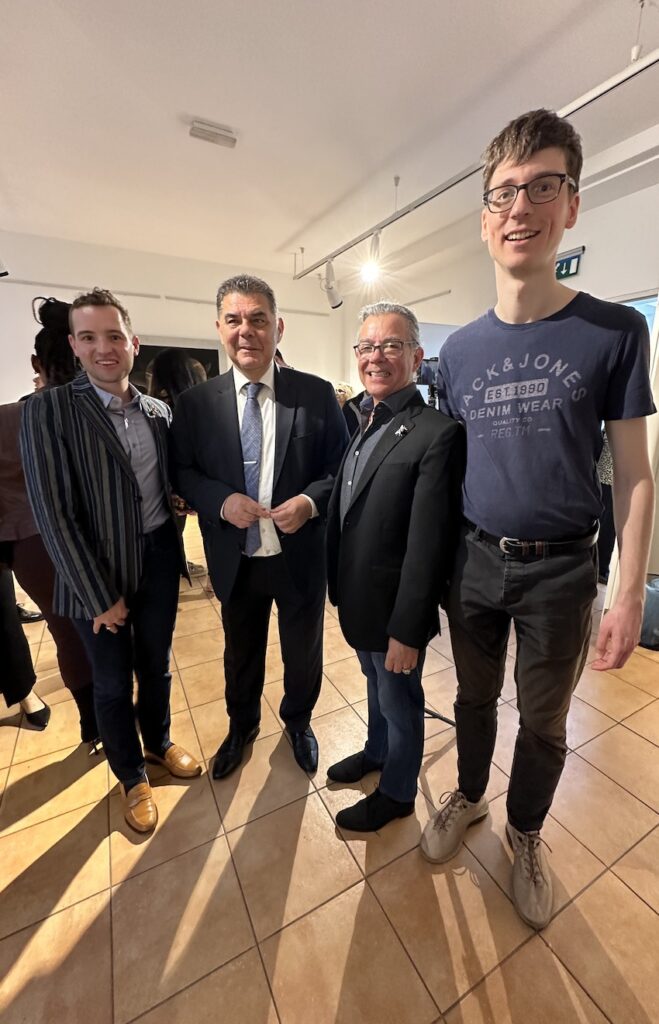

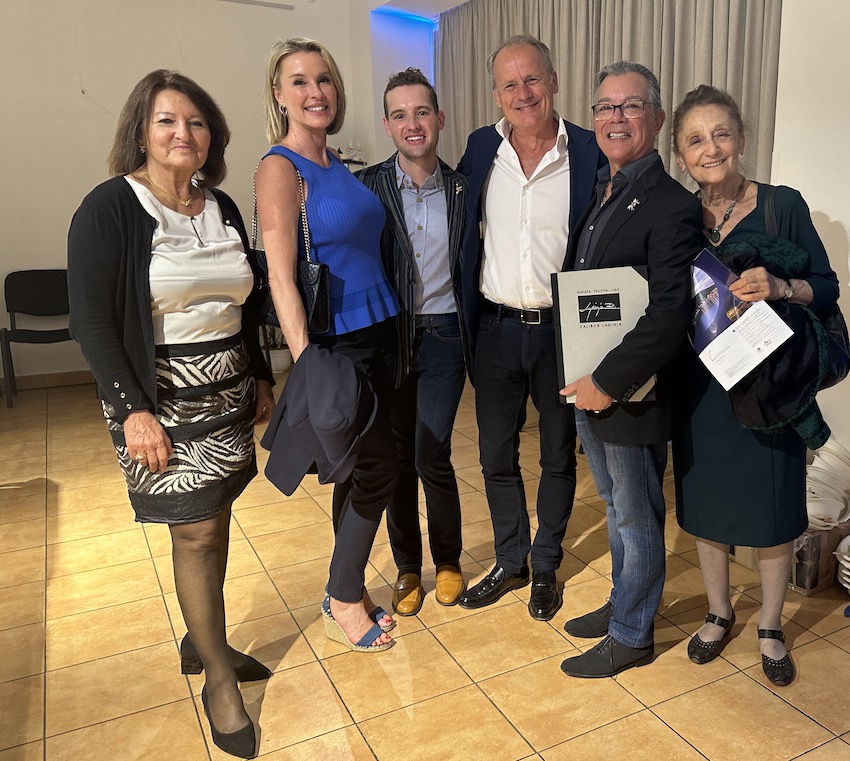
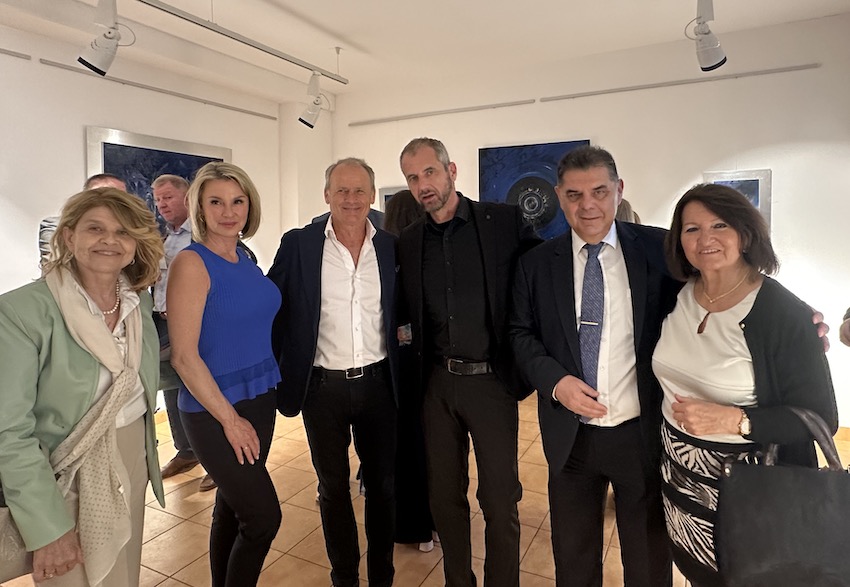
The guests, curious to learn more about this special region of the Croatian Adriatic coast, gathered at the Cultural Centre K11 and were warmly welcomed by the Ambassador of the Republic of Croatia to Hungary, H.E. Dr. Mladen Andrlić, who unveiled the project that combines the main attractions related to tourism, fine arts, music and gastronomy of Mošćenička Draga, compiled by the local Tourist Board and written by Mr. Riccardo Staraj, a well-known Croatian song composer and musician.
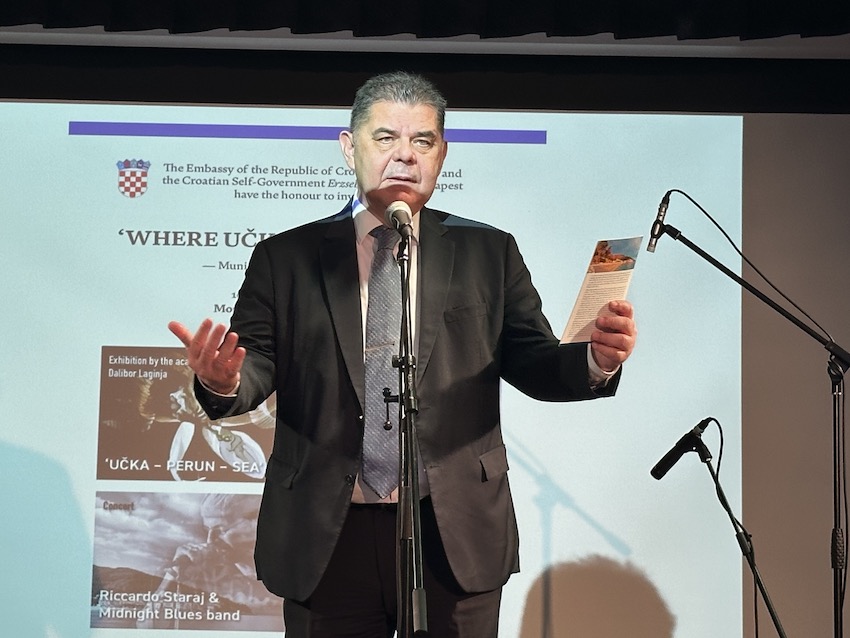
Presentation of Mošćenička Draga:
Mošćenička Draga is a tiny municipality in Primorje-Gorski Kotar County in Croatia with 1300 inhabitants. This old beachfront fishing village, founded in the 15th century, is situated on Istria island, 15km southwest of Opatija under Mt. Učka and 28km from Rijeka.
In his presentation, Mr. Staraj gave insights into the project WHERE UČKA MEETS THE SEA, as aresult of cooperation between the tourist destination Mošćenička Draga, the Embassy of the Republic of Croatia in Hungary and the Croatian Self-Government of Erzsébetváros in Budapest. This was the third presentation promoting the Municipality of Mošćenička Draga in Budapest under the auspices of the Embassy of the Republic of Croatia in Hungary and the speaker expressed his gratitude to Ambassador Mladen Andrlić PhD, and his councillor at the Croatian Embassy, Mrs. Marina Sikora, for their invaluable assistance and support.


In essence, the project unites fine arts, music, gastronomy and tourism: the axis of the destination. Mošćenička Draga is not only a resort with sea and beaches, but also a synthesis of mountain and sea, Učka and Perun, Zijavica and Sipar (the most beautiful beach in whole Istria), Trebišća and Mošćenice, Slavic mythology and littoral traditions, art and history, cultural tourism and the elegance of the Opatija Riviera.
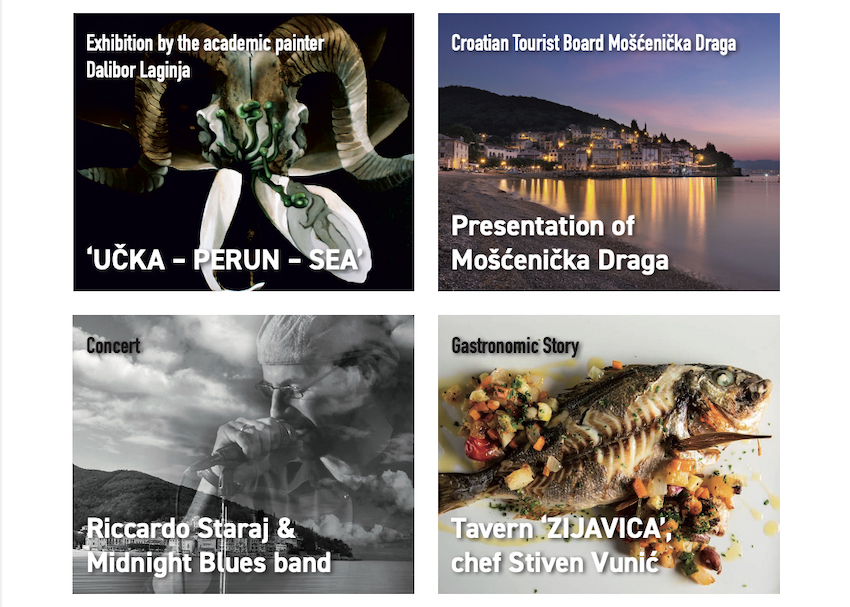
Gastronomic Story:

Zijavica is the name of a hill above Mošćenička Draga with a cave that has been ‘screaming’ towards the town since prehistoric times. This was the inspiration for Stiven Vunić to open his Konoba ZIJAVICA (Tavern ZIJAVICA) right on the beach. Stiven is an athlete who used to run across the hilly landscape of this municipality. He lived a life closely linked to nature, climbed and conquered the local peaks, then stopped in front of this cave, looked towards the sea and envisioned the connection between hills and sea, history and tourism, sport and gastronomy, fishing and innovative fish specialities.
Together with his wife, Tea, he opened the Restaurant ZIJAVICA that today is on its way to the very top of Croatian and European gastronomy, having positioned itself among the five best restaurants in Croatia and earning several international awards.


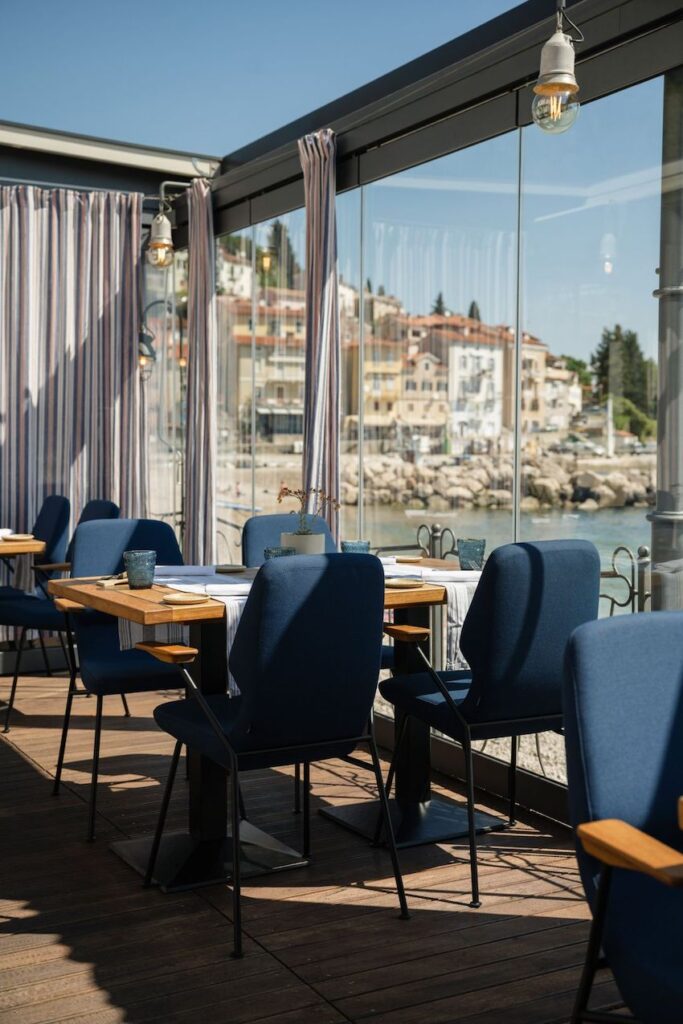
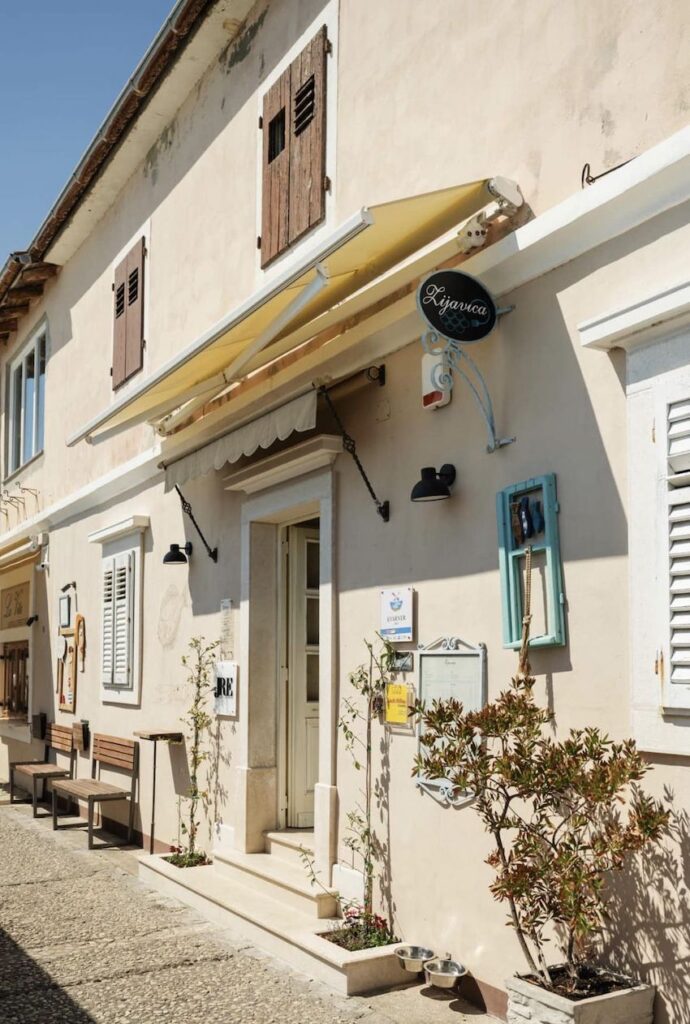

Last year, Tea Vunić won the European Young Chef Award 2023-Jury!

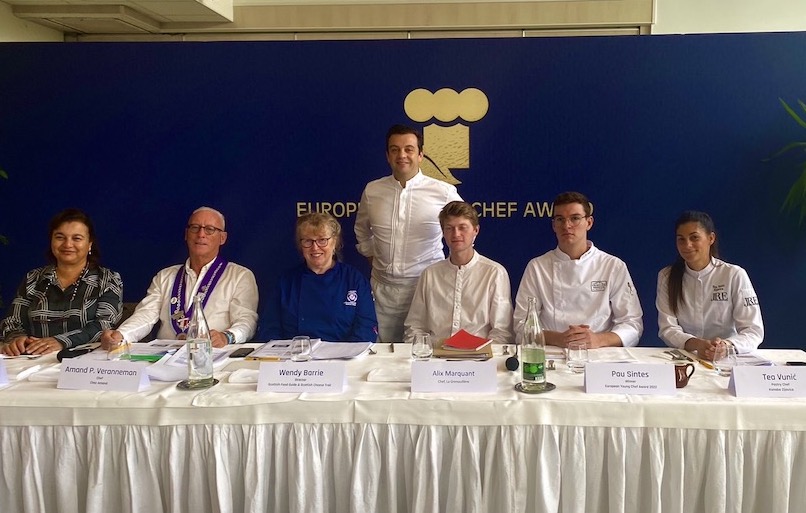
Through the dishes, you can sense Mošćenička Draga, the first morning catch of scampi that Stiven’s father Bruno brought into the kitchen. The restaurant emerged from the family tradition of crab catching, from hard work and love for the local area that offers so many healthy food delicacies. Restaurant Zijavica is not only about fish, but also about Istria, Dalmatia, Italy, Portugal, Spain, even South America, and most of all – the Mediterranean.





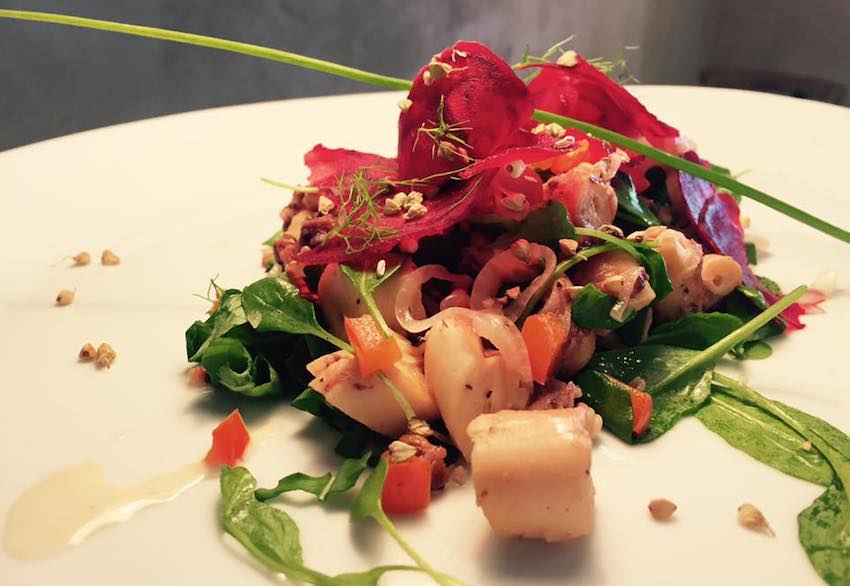
“We recommend Zijavica because of the type, quality and performance of the dishes served, because of the excellent accompanying wines and the unique ambiance.” – from Gault & Millau’s Review.
Chef Stiven Vunić came to Budapest with his culinary creations related to the sea and during the reception following the presentations, the attendees were invited to taste and enjoy the dishes specially prepared for this occasion.

Exhibition by Dalibor Laginja, a famous painter: ‘UČKA – PERUN – SEA’:
The painter Dalibor Laginja fits perfectly into this story. A lover of nature, flora and fauna, as well as the history and mythology of this region, he has created a series of original works on subjects such as Učka, the Mother Mountain, which protects the locals with its forested bosom, and the Perun Hill bearing the name of the supreme Slavic god, whose rival is Veles, the god of the underworld.
Laginja often foregrounds the Iris, the Croatian national flower known for its remarkable diversity and beauty and the symbol of these glades, projecting Perun’s omnipresence when he manifests himself as an eagle in the canopy of the Holy Oak Tree or as a horned ram. (The origin of the name iris – Greek and Latin for rainbow – comes from the Greek goddess Iris, the messenger of the gods, and the rainbow connects heaven and earth.)
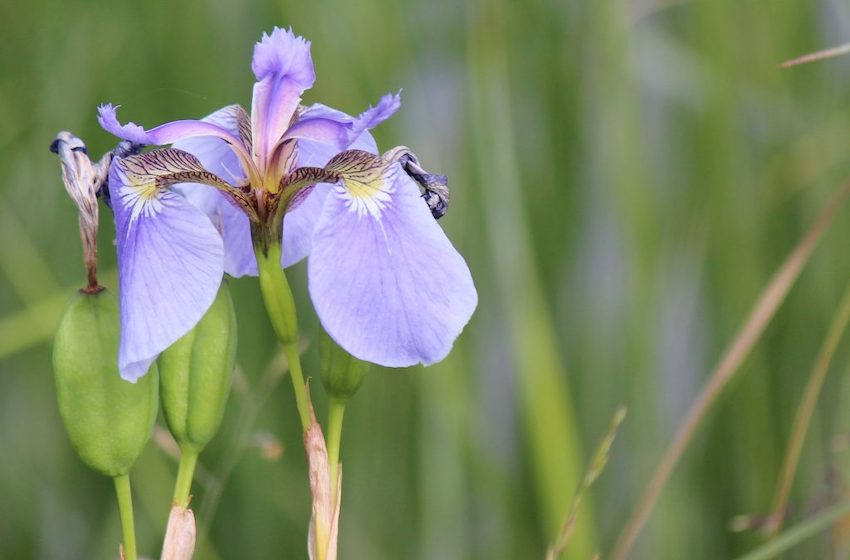
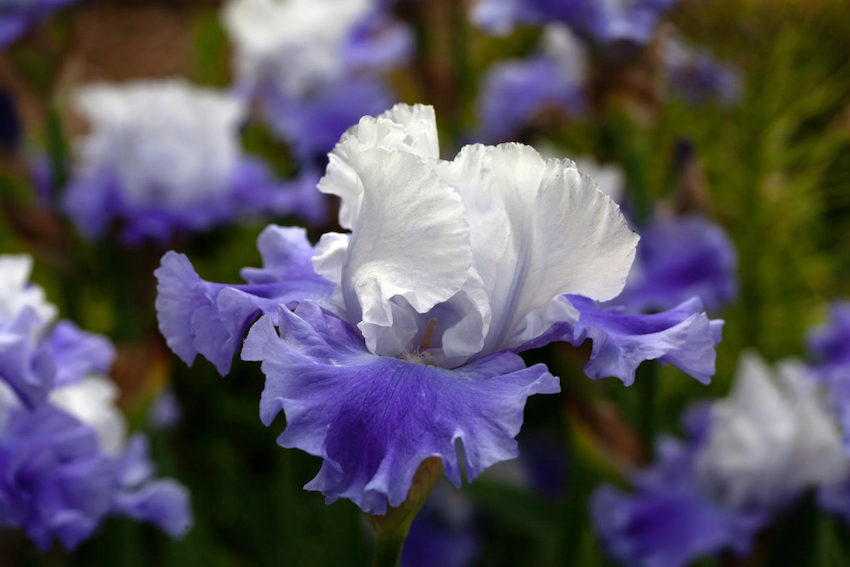

This is also a kind of self-portrait of the artist, who astrologically belongs to this sign, spiritually to the lungs of Učka and the beaches of Kvarner as well as – a little further away – to the Island of Pag, where he fishes the Zen of hot summer evenings, sketching in his mind what is to come.
What has come on this occasion is the very special visit to the unique city of Budapest that now hosts the works of this outstanding painter and set designer, who was a student of Emilio Vedova at the Accademia delle Belle Arti di Venezia and there honed his painting skills, which he later applied to numerous set designs for the Rijeka Theatre, in theatrical performances and at festivals, where he won some of the most prestigious awards for his artistic and set design solutions.



Dalibor’s foray into Slavic mythology was motivated by the pristine nature of the Mošćenice hinterland, the clean spring water that caresses these shores through streams and tributaries, the abandoned villages and the deep, rugged, winding canyon, the eagle and the ram as the central motifs of the mythological dimension of the Slavs, the gusts of mistral wind (locally called maestral), the flourishing of spring and finally the storms, wet autumns and cold winters in areas where the sun does not shine for months. This is Laginja, all in one – an eagle that observes, a ram that dominates, a stream that washes the shores, a forest that rustles with stories from the past in the mystical soul of Kvarner beneath Učka.

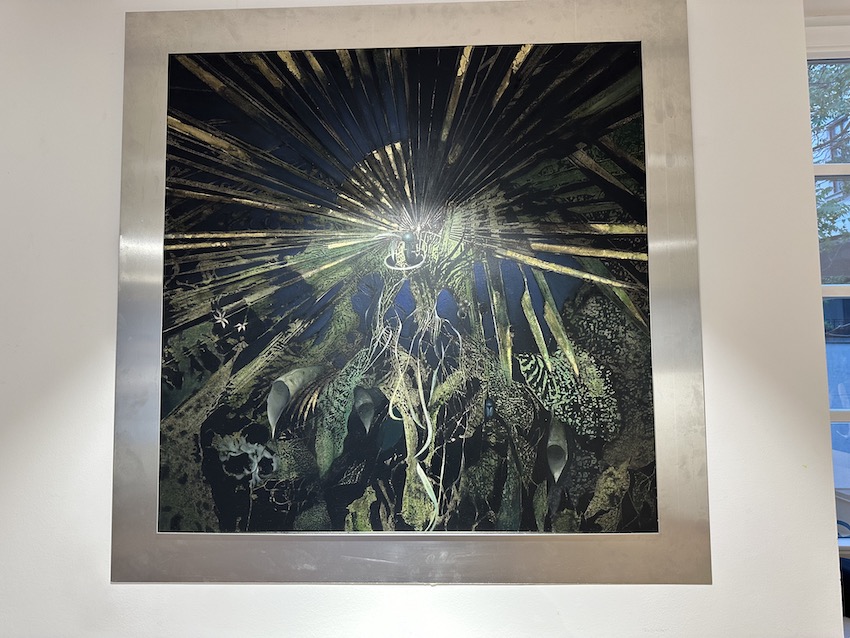

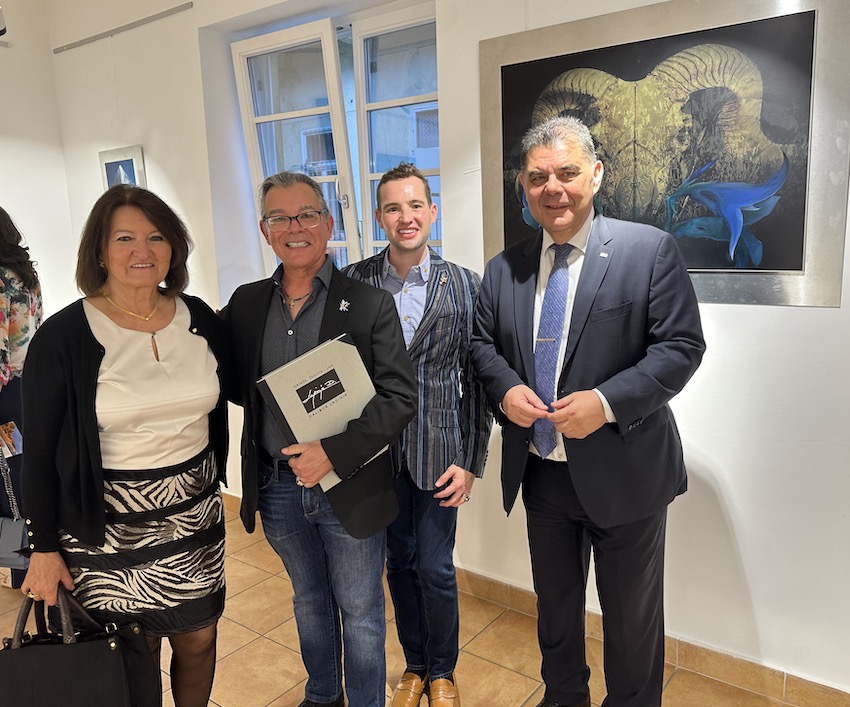
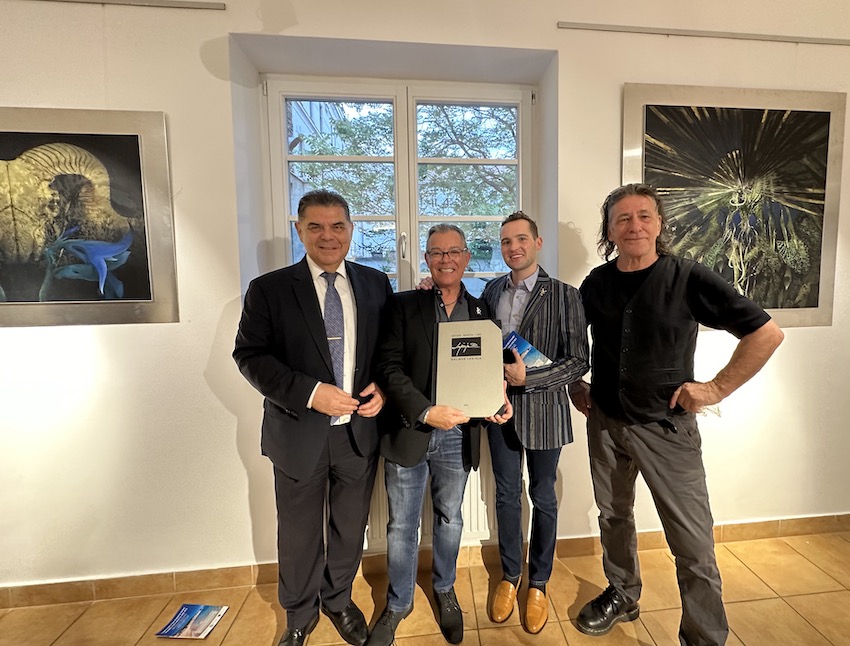
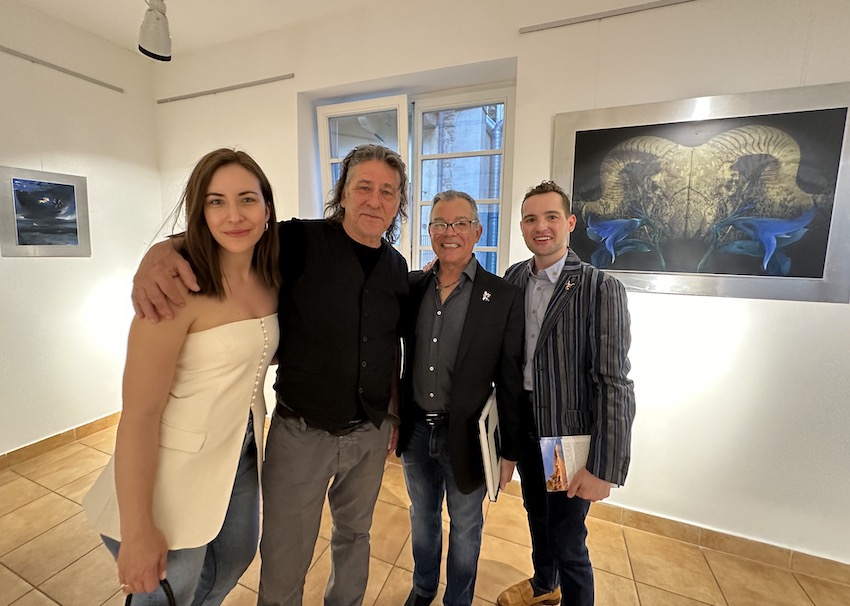
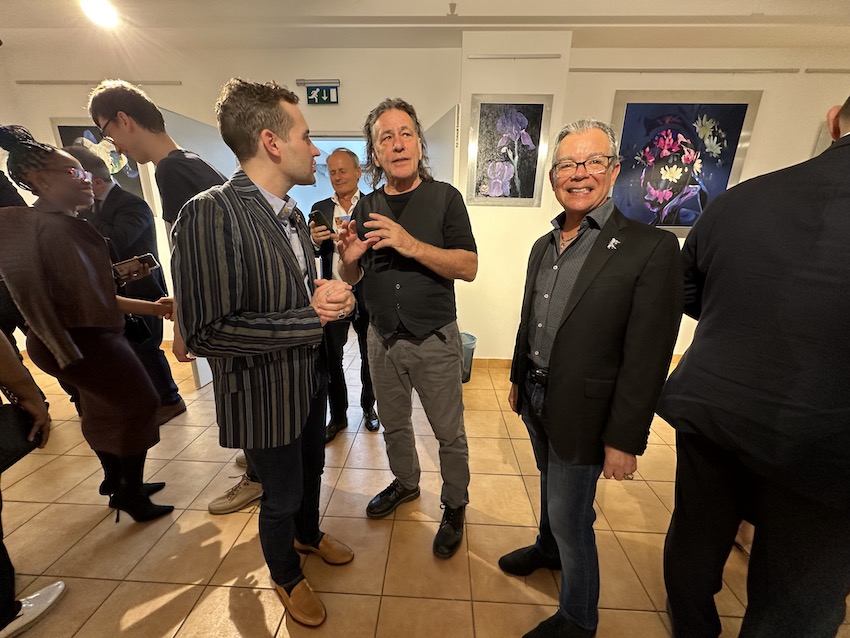

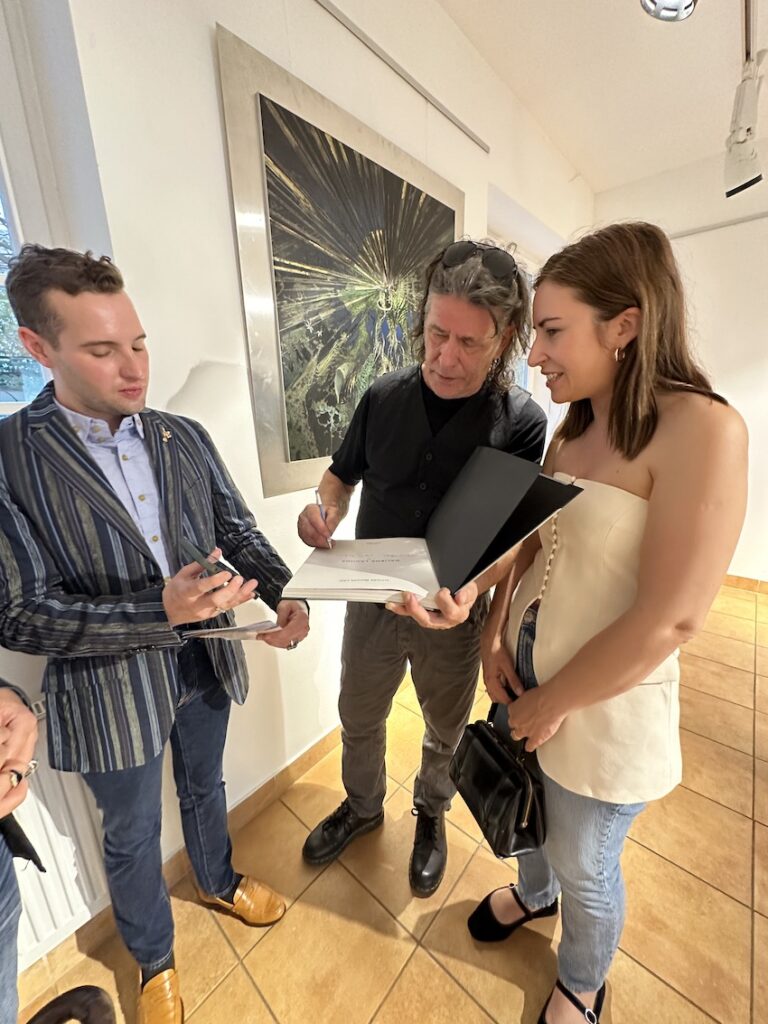
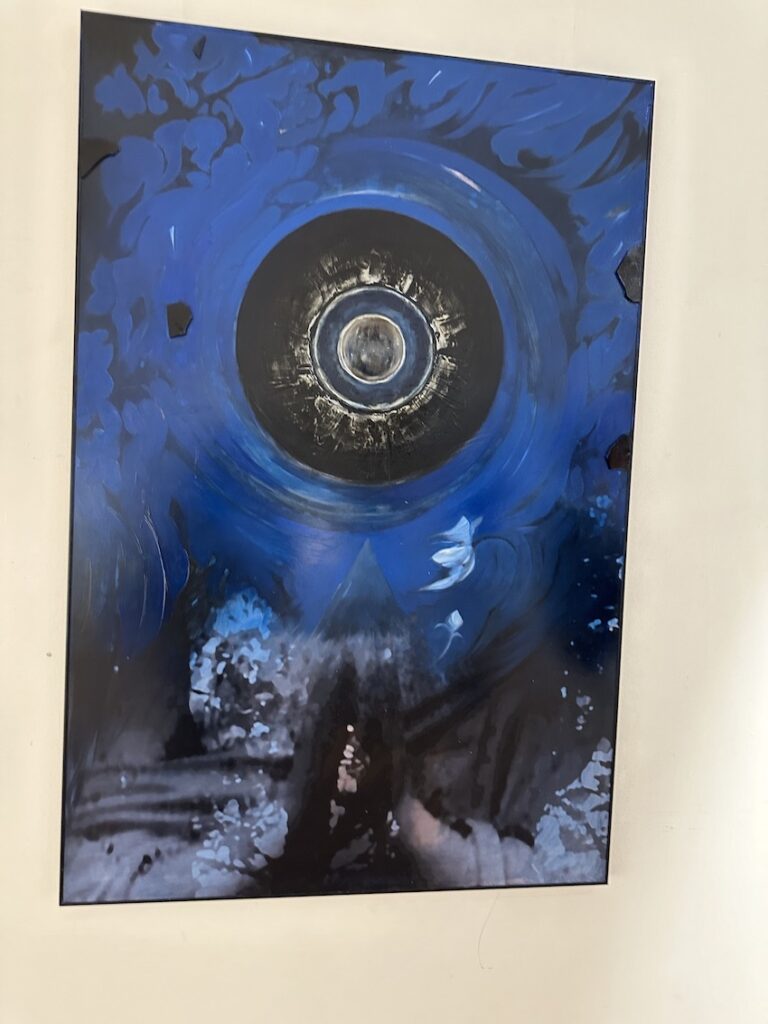
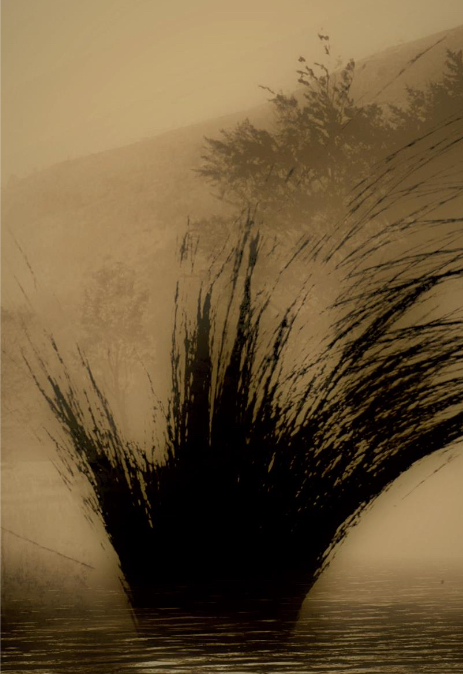
Riccardo Staraj and his Midnight Blues band:
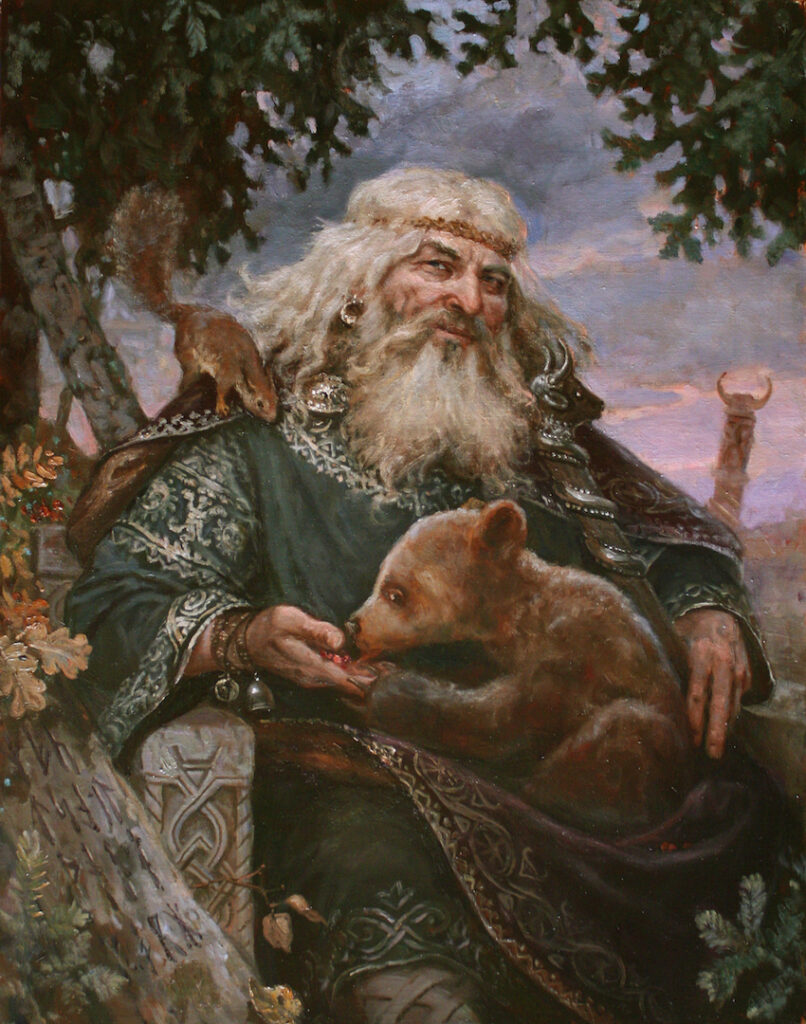
Where do the blues come from? From the mythological underground, the sphere of the Slavic underworld god Veles. This is from where Riccardo Staraj and his Midnight Blues band draw the elixir for creating songs.
Drum, guitar, trumpet, bass and that hoarse, poetic voice are their slogan, and in Budapest they present both original songs and some well-known blues covers. But above all they carry the power of the waves, the rustle of pebbles, the song of the Mediterranean, the suggestive lyricism of reality, the poetry of the sea and the mountains, the landscape that captivates every visitor.
The band is here, made up of great musicians; Marko, Josip, Mario and Luka very skilfully and harmoniously accompany Staraj’s poetic sections seasoned with littoral blues and good Malvasia wine. If you were to try to define their music and performance, it is a combination of poetry, theatre, blues-rock concert and travel: a cocktail of these four elements.


All this is part of tourism, cultural tourism of the Mošćenička Draga destination, which offers sea and coast, mountains, culture, art and tradition.
Stiven, Laginja, Staraj and the band convey the story, create new value, enrich and inspire, awaken and revive, daydream and create. They are stakeholders and mediators of values, they are the creators of the new, those selective types of tourism that are yet to come, they provide quality rather than quantity, they are each independent entities, connected at the root of the world tree – axis mundi, they are the axis of the destination.

After captivating presentations that elicited audience appreciation, guests at the reception indulged in a delightful experience. While enjoying the concert and musical performance by Riccardo Staraj and his Midnight Blues band and perusing an exhibition of paintings by Dalibor Laginja, they savoured culinary specialties meticulously prepared by Chef Stiven Vunić and his team, including seafood dishes crafted from his own recipes, renowned Croatian ham and excellent wines, all adding to the enjoyment of the evening.


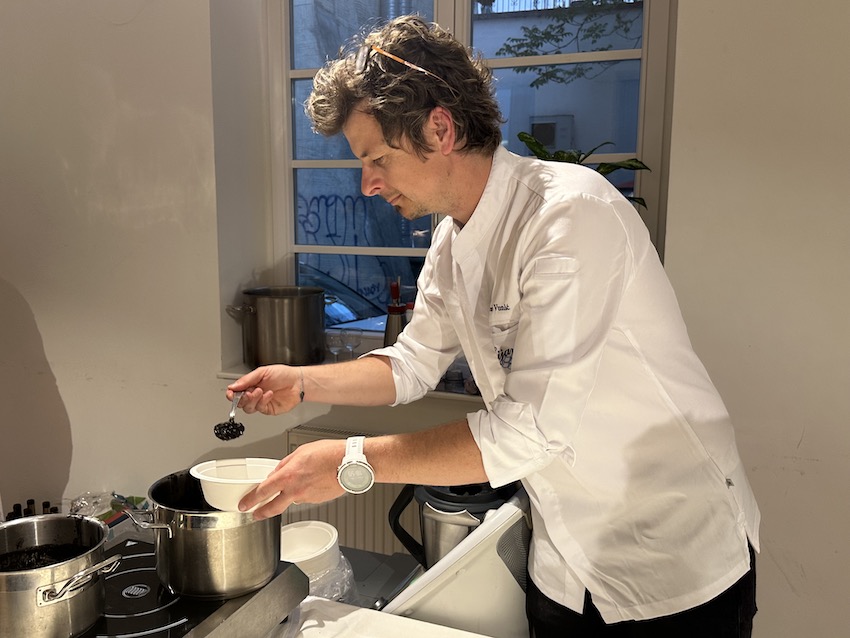


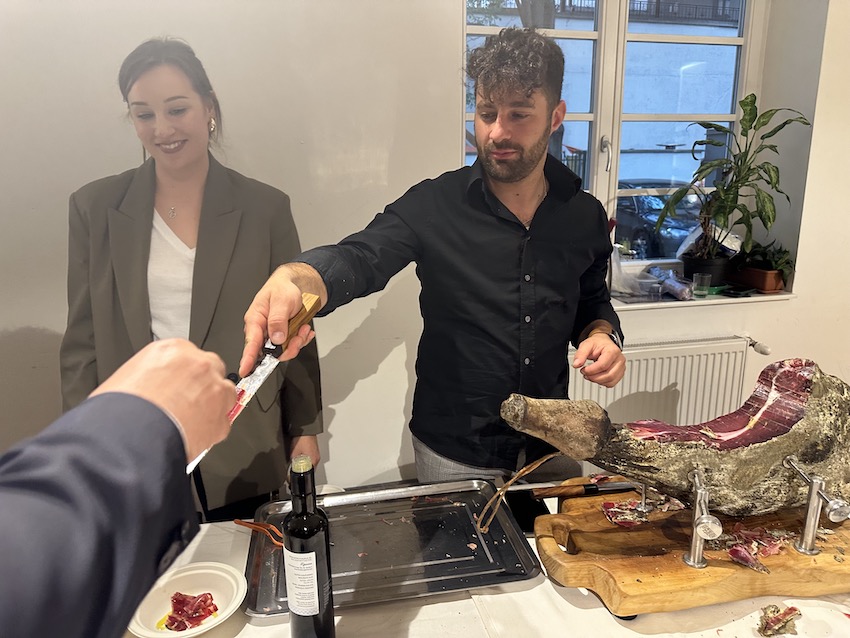
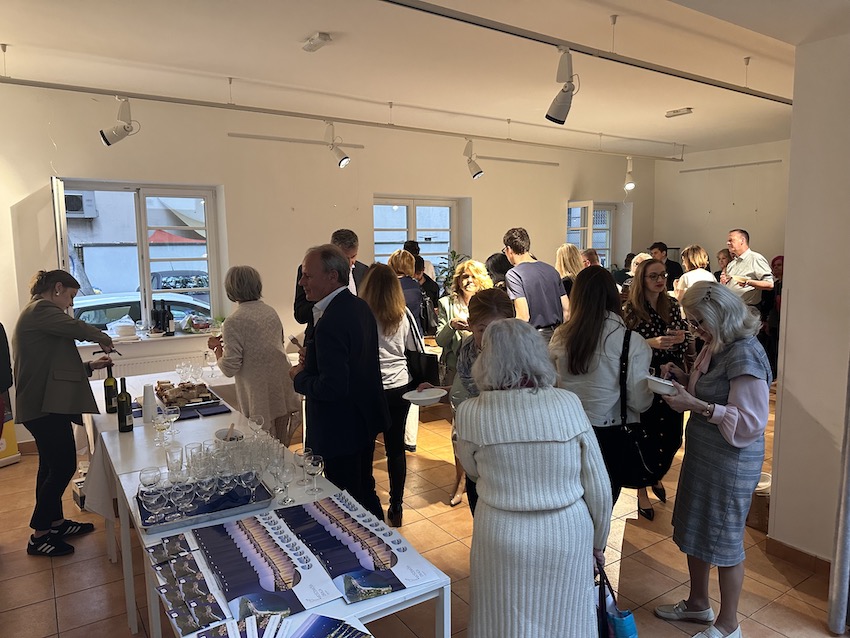
Sources: Embassy of Croatia in Budapest, Municipality of Mošćenička Draga
Photos by Municipality of Mošćenička Draga, Konoba ZIJAVICA, Wikipedia, Neda Maretikj and DPA




